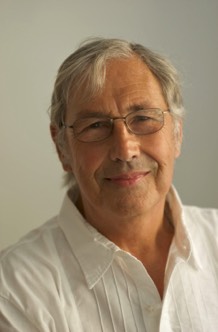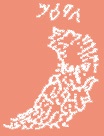William James Veall

I was educated at the Queen Mary Grammar School, Basingstoke,England. Studied engineering at the Basingstoke and Southampton Colleges of Technology. Read Environmental Science, Archaeology and Spanish at the University of Southampton, UK.
Shunning conventional archeology I turned my attention to the much maligned, at the time, new technique of Satellite Remote Sensing (SRS). In this respect my specialist subject was is in the detection and photographing of human, plant and animal ground based intaglios and particularly those if there was a component of inscriptive material or epigraphical inscriptions.
SRS also had the advantage that it aids imagery interpretation because it opens up the past social and cultural “landscape” surrounding the detected imagery and associated architecture; this, of course, called for a close knowledge of ancient architectural form, anthropology, epigraphy, cartography, classical sculptures and believe or not, ancient dress codes, particularly headwear, to identify the provenance of human effigies.
Before the advent of platforms like Google Earth Pro, for example; with a twenty year background of Scientific Instrumentation engineering my first private experimental project was to construct some form of ‘flight simulator’ with camera mechanics to ‘overfly’ initially enlarged photographs of the Nasca Lines Desert taken from books and magazines.
The success of this starter project led to the purchase of photographs taken in real time by professional aerial photographers. My simulator of ‘low level remote sensing’ was extremely successful. Then along came the first computer platforms specialising in Remote Sensing Satellite archaeology and with a basic technique already well proven I was able to use my special method to identify and capture a huge range of imagery which eventually led to the momentous discoveries illustrated in my first book: “Portraits of the Gods” and to holding more than twenty official INPI Copyright Registrations.
Although I now have a strong publishing and internet presence accusations of suffering from bouts of Pareidolia, i.e ‘seeing patterns and images in everyday objects’, still occur. Nevertheless, after uncovering hundreds of examples of imagery and inscriptive material world-wide the hard won, carefully evolved interpretation techniques almost eliminate the frequency of accusations.
As a final conclusion to this brief “ABOUT ME” precis, I was asked to summarise: “Now, at this moment in time, after all my extensive research and newly acquired knowledge have my thinking, over a global scale, changed since I first adopted the then infant field of archaeoastronomy and if so in which particular aspect”?
Answering solely from a remote sensing aspect and relative to my initial Nasca Culture perspective my starting gate was 200BC - AD 690. Today at 2022, global research has stretched the time frame for Megalithic Structures back to 8- 7000 BC. Sites like Gobekli Tepe are exposing artifacts dating at least 12,000 BC.
My most recent research at Shiashkotan Island, Japan, clearly dates to 9500 BC - 8000BC. I have no doubt whatsoever, that interglacial occupancy will extend the civilisation time frame to 15,000 BC. Something, once upon a time, I could never have been talked into… or indeed led to believe.
William James Veall 2022

I'm also a member of ASOCIACION MARIA REICHE (Asociación sin fines de lucro que continúa el legado de Maria Reiche en Proteger y Conservar las Lineas y Geoglifos en el Departamento de Ica). Please contribute and support the Association that protects the Nasca Lines at: https://www.facebook.com/AsociacionMariaReiche/